One of the great things about Catholicism is its rich tradition filled with saints, theologians, and artists who continue to fascinate and inspire. The church does not fall prey to a stultifying historicism that renders the old as obsolete. Instead, it recognizes the great wisdom that our ancestors in faith continue to share.
For artists such as Daniel Mitsui, the theologians of the early church and the artists of the Middle Ages are part of a living tradition with much to offer our world today. Add to this a love of symbolism, decorative pattern, inventive typeface, and poetry all rendered skillfully in ink or printed on fabric, and in Mitsui you have an artist worthy of comparison to William Morris.
The allure of the medieval tradition began early for Mitsui. “As far back as I can remember, I have always been attracted to medieval art. There’s something about that aesthetic that appealed to me even when I was 5 years old watching Sleeping Beauty, which has all those beautiful backgrounds that were painted by Eyvind Earle,” he says. “I would just sit with a stack of paper drawing heraldry and things that belong to the movie.” This same love of the medieval aesthetic led him as a child to emulate the calligraphy he found in the Lindisfarne Gospel and other illuminated manuscripts.
This natural inclination only matured when he became an art student at Dartmouth studying drawing, printing, illustration, and animation. It was also at this time that Mitsui, attracted to the history, tradition, and ritual of the Catholic Church, decided to receive the sacraments of initiation. He had been introduced to Catholicism by his parents, who would attend Mass for significant occasions like Christmas and Easter. “I would say that my idea of what it meant to be Catholic was probably something that was more formed by history and art, by things that I was learning about in school,” he says. Nevertheless, by the time he finished his college studies, the convergence of faith and art led him to embrace a calling to create religious art.
Now, as a long-standing professional artist with creative endeavors in various media, sacred art makes up most of Mitsui’s output. In a self-described “hybrid-Gothic style” Mitsui’s painstakingly crafted, naturally flowing compositions reward the viewer with rhythmic pattern, organic imagery, and Christian symbolism filled with elegant lines and whimsical surprises. Whether in images of saints encompassed by elaborate scrolling or in textual imagery such as in his piece God Saw That It Was Good, in which he crafts the font like a title page for an illuminated manuscript by surrounding the initial “G” with trilobites, squids, and coral, each artwork has delightful details for viewers to discover.
While he started making illustrations on commission, faith and keen interest in the unrealized potential of the Gothic style stirred greater aspirations. “As time went on, I realized, there was an awful lot of the most basic content of Christian art—the themes of the Hebrew Bible and the New Testament—that is not getting commissioned,” he says. “And I thought, I really don’t want my career to pass by without having treated some of these subjects that the church fathers were writing all their exegesis about—interpreting symbols of the New Testament and finding significance in the stories about Abraham, Jacob, and Moses.”
This led him to embark upon a massive project of 244 pieces of art titled Summula Pictoria, which depict scenes from the Bible, especially those subjects of liturgical significance and those highlighted by patristic authors.
“I think that a lot of that symbolism and significance have become sort of like a foreign language. We don’t naturally interpret and understand them as Catholics now,” Mitsui says. “I hope that if I can complete these works then maybe that will help reconnect artists and people looking at art in the present day to those traditions.”
Mitsui acknowledges tradition and beauty as two key values that inform his work. When it comes to tradition, he says he’s “trying to keep alive the memory of the most important things that ever happened: the life of Jesus Christ and his teachings, which were handed down and preserved in various ways.”
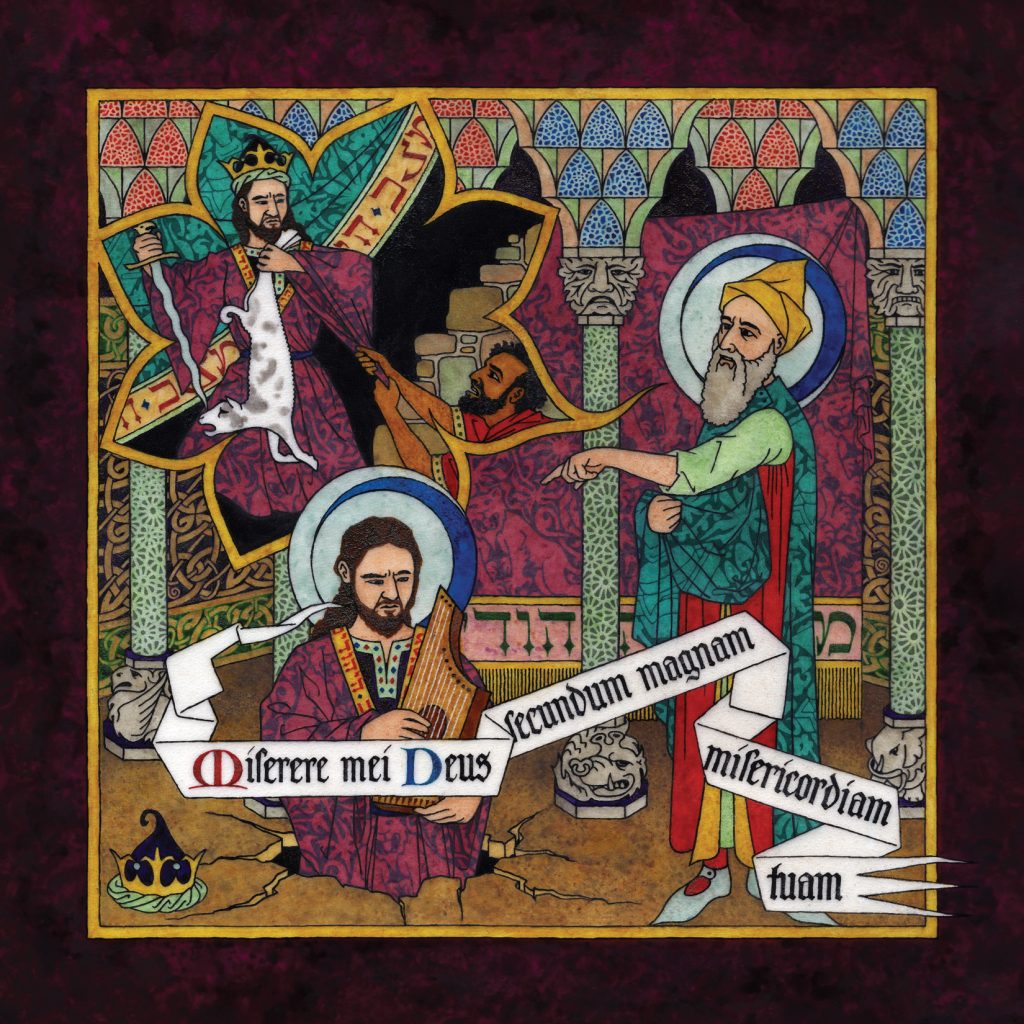
He continues on to say, “I think that sacred art is a part of that. It’s part of how these memories are preserved. The other component is that a sacred artist should try to make the work as beautiful as possible, because what they are trying to aspire to is not some earthly ideal, but something that’s beyond human.”
What shouldn’t be missed in all of this is the playfulness and humor that help make his art even more relatable. Noting the lighthearted elements medieval artists uses, including in the margins of texts or in decorative patterns, Mitsui says, “I’ve got a picture I’m working on right now of St. Apollonia, the patron of dentists. In earlier centuries, a toothache was sometimes personified as a tooth worm, so I drew an outline of a molar with St. George battling the tooth worm inside a person’s tooth.”
With his sophisticated balancing of differing elements, the development of Mitsui’s religious art is well worth watching. Beyond the completion of his monumental Summula Pictoria, he has set his sights upon an impressive future artistic aspiration: depicting the visions of Hildegard von Bingen. Hildegard was well beyond her time in so many ways, writing on all manner of subjects including beauty. Indeed, as Mitsui says, “She articulated a theology of beauty that I find more satisfying than anybody else who’s ever written on the subject.” Hildegard’s wisdom and vision holds immense potential, and in Mitsui’s capable hands, they may yet inspire future generations.
This article also appears in the August 2024 issue of U.S. Catholic (Vol. 89, No. 8, pages 45-46). Click here to subscribe to the magazine.
All images courtesy of Daniel Mitsui


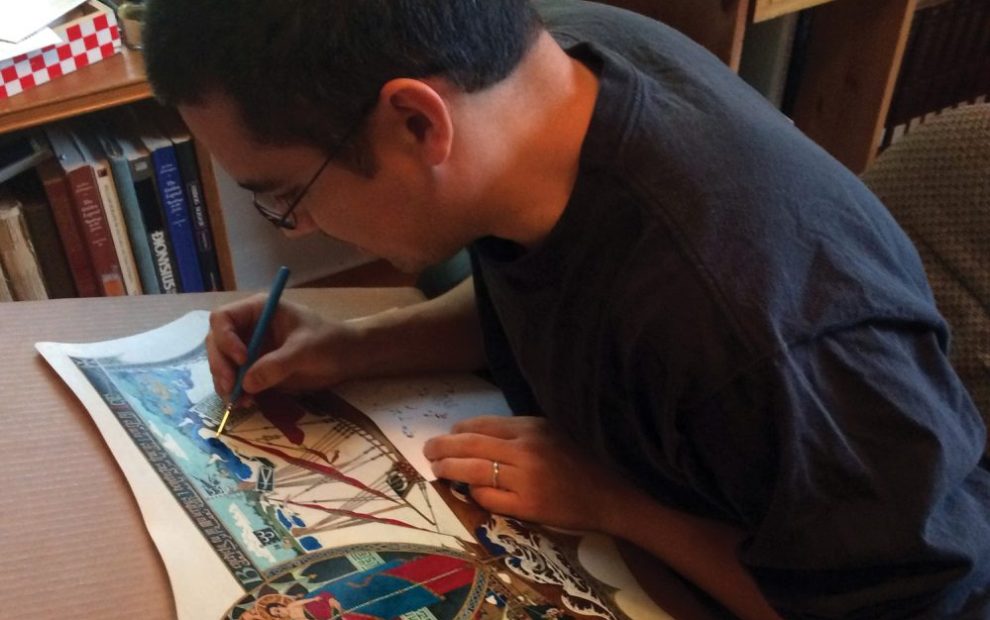
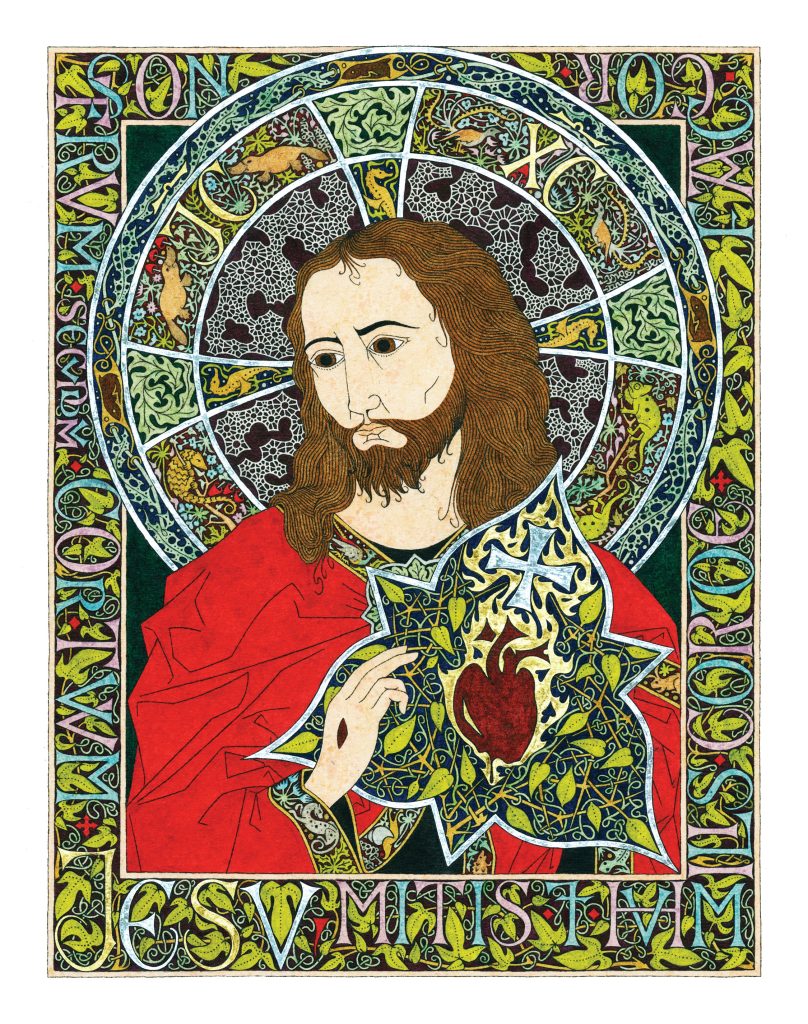


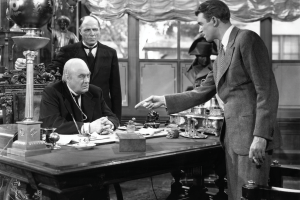
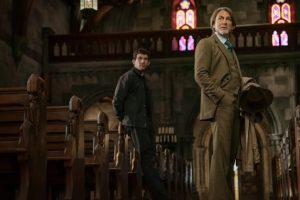





Add comment